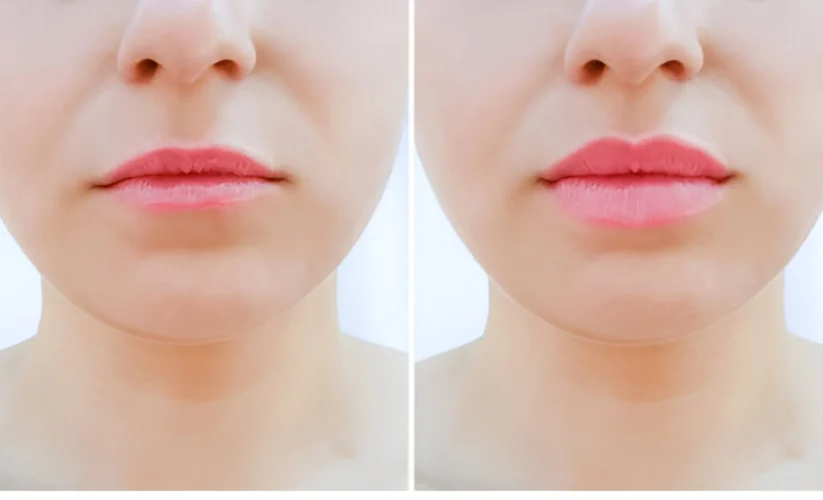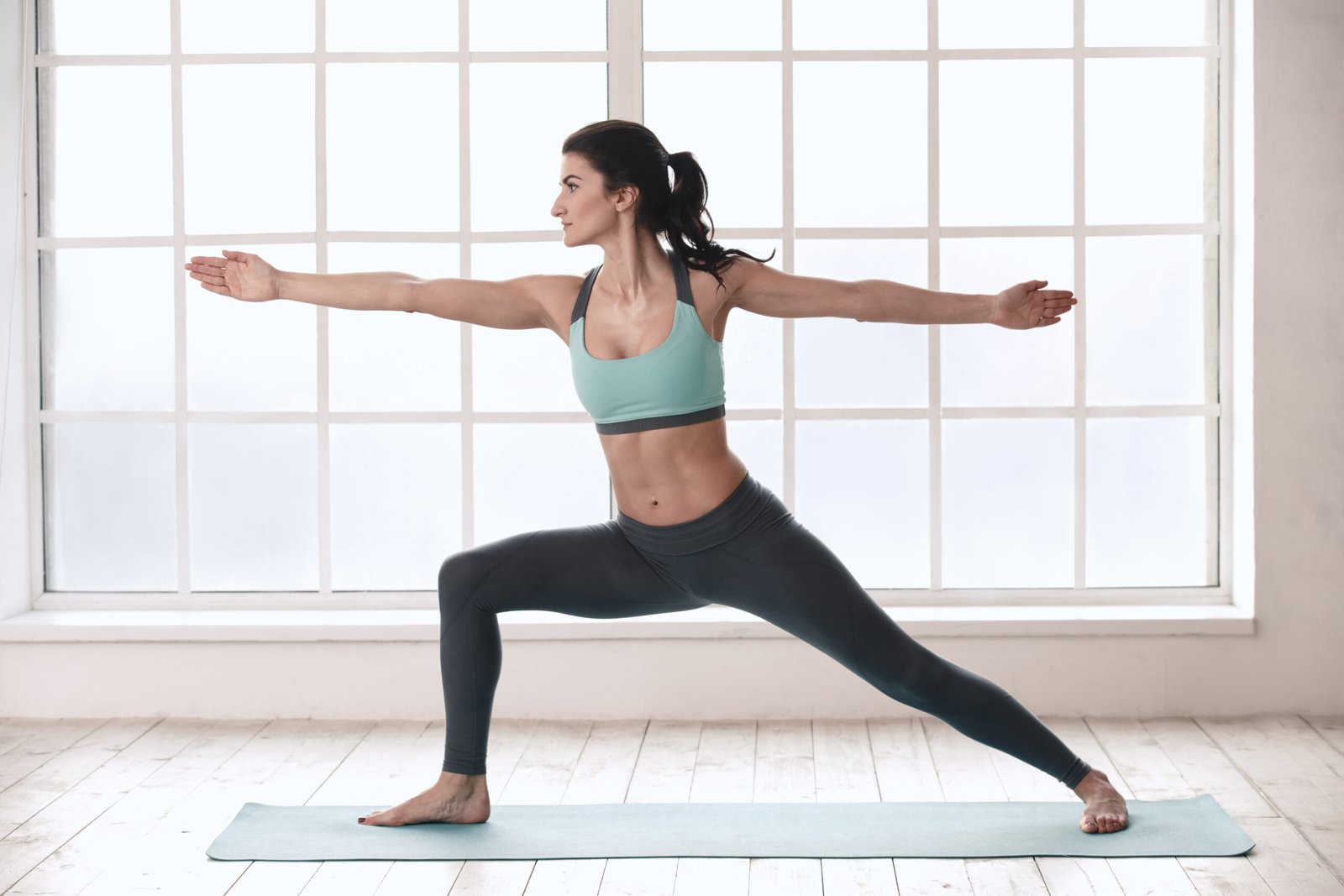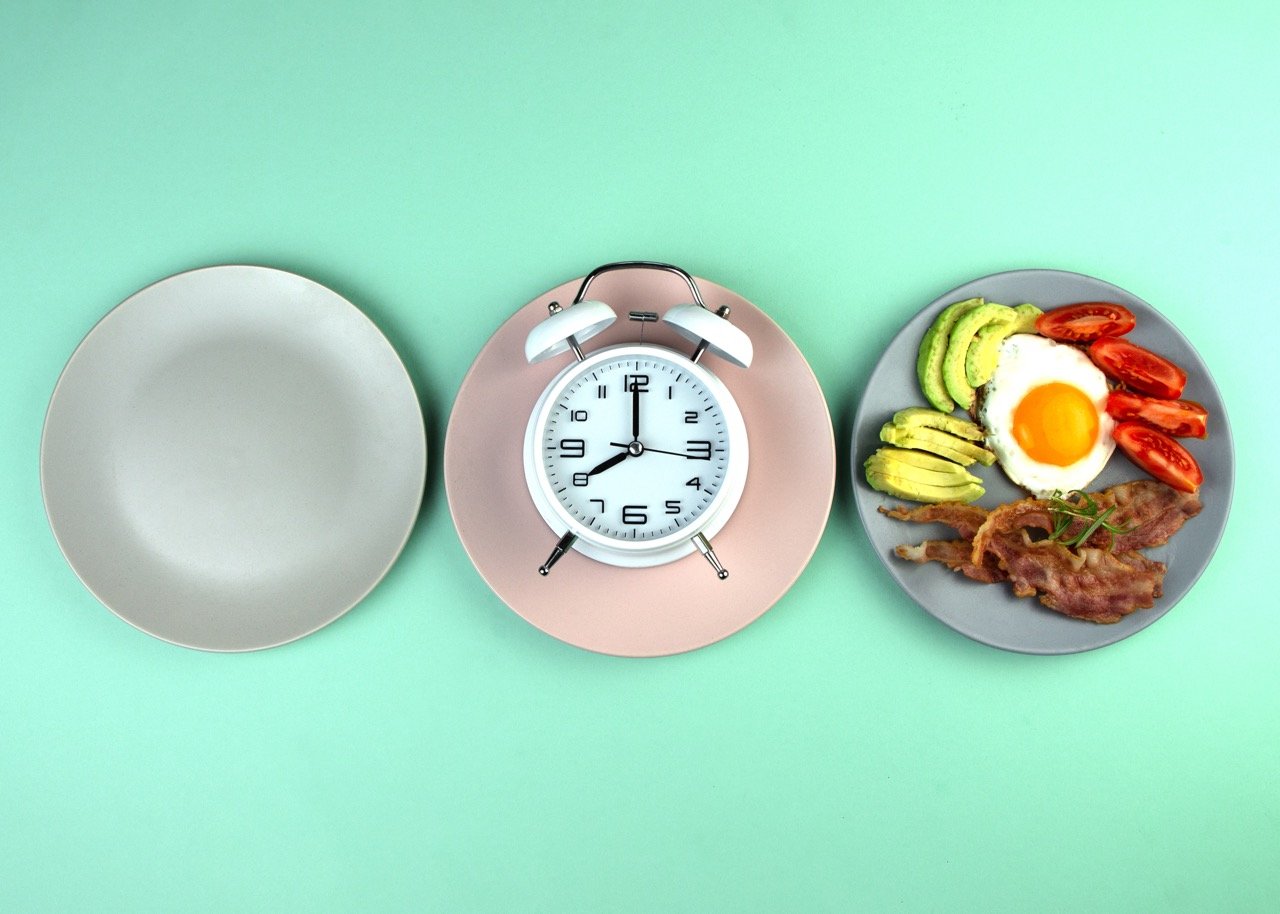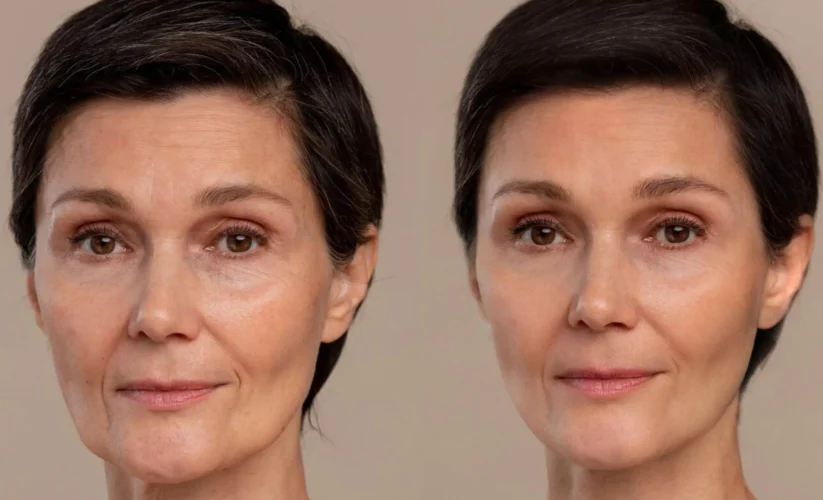
How Retinol Before And After Transition Can Change You
Retinol before and after transition can be a big change for you if you are a skin care enthusiast. Particularly if you are experiencing difficulties with bigger pores. It works progressively by assisting in the unclogging of pores through cell regeneration and making your skin surface smoother over time. Though you may feel a bit dry or irritated in the beginning, using it regularly can show a clearer and shining complexion.
How Retinol Minimizes Pores?
To get better results in retinol before and after transition we should learn about it first. Big pores usually happen when dead skin cells are stuck inside. Retinol works like a superhero in this situation. It quickens cell turnover, the normal procedure where fresh skin cells substitute old ones.
This makes dead skin cells rise to the top faster, stopping them from blocking pores. When there’s no more dead skin, the surface becomes smoother and that lessens how much enlarged pores can be seen.
Retinol could possibly also assist in controlling sebum production which is the oil your skin naturally produces.
The Retinol Timeline
Even though it is a strong ingredient to make skin clearer, results of retinol before and after transition usually show in 6-12 weeks. If you have an initial “purging” phase where breakouts seem to increase, do not be disheartened.
This is because retinol, at first, causes hidden impurities to appear on your skin before showing its positive effects. Continuity is important for achieving advantages over a more extended period of time.
Choosing the Right Retinol Product
When dealing with pores and retinol, there are two routes: over-the-counter retinol and prescription retinoids, specifically tretinoin. Retinol is milder and can be directly bought from drugstores but it takes more time to deliver outcomes.
However, tretinoin is a powerful form that needs to be prescribed by a dermatologist. It works quicker but can be more irritating too, so selecting the right option is based on your skin type.
If your skin is sensitive, it’s good to begin with a lower strength to observe retinol before and after changes.
Tips for Gentle Retinol Integration into Your Routine
We should also take a look at the tips for gentle integration after learning “retinol before and after”. Begin gradually, using it only 2-3 times each week in the beginning. Due to its ability to heighten sun sensitivity, apply retinol solely during night time. Sunscreen with an SPF of 30 or higher, every day is necessary.
For dryness, which often happens too, put a soft moisturizer on top. Do patch testing to not get irritation. If redness flares up, decrease the times or think about using a formula that is more moisturizing.
Retinol Redness and Irritation
There can be some minor side effects of “retinol before and after” transition. Even though retinol is good for pores, it’s necessary to know about some possible effects. Redness, dryness and peeling can happen often when you begin using it. For less irritation, test a small amount on your arm’s inner part before applying it on your face.
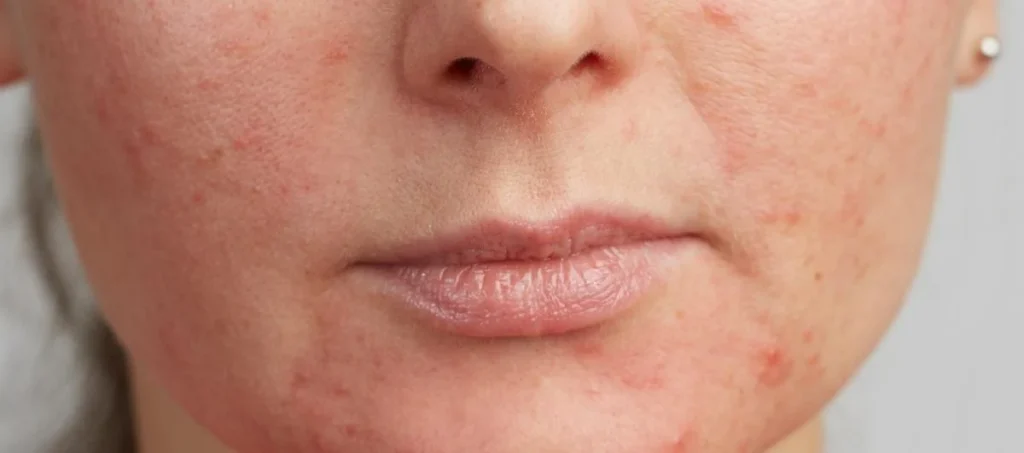
Putting on a gentle moisturizer before retinol can make your skin less sensitive. If you see much redness or peeling, lessen how frequently you apply the retinol or try a more moisturizing type of it.
Debunking Retinol Myths
Retinol before and after transition is not only for aged skin. It fights against wrinkles and age spots, but its power to shrink pores can help anyone who has a problem with large pores. It is not a magical treatment, and you must use it consistently for several weeks. Keep in mind that retinol does not work the same way for everyone.
Some people may have dryness, whereas others might experience fast effects. Seeking advice from a dermatologist, who is an expert in skin matters, can guide you to understand what retinol strength and form would be best for your unique skin type.
By getting personalized suggestions on retinol before and after care, you could find the correct product strength of retinol that assists in minimizing pores and give your complexion a smoother and radiant appearance.
Can Retinol Be Used with Other Skincare Products?
Retinol before and after transition may act as a teammate. AHAs and BHAs can aid more in reducing pores but must be handled gently. Introduce them separately and on different nights from retinol to avoid over-exfoliation.
In the beginning when you are getting used to retinol, it’s better not to use any strong product. Always do a patch test for every new combination before putting it on your whole face. To get the most from retinol and reach your aim of having poreless skin, always use balance and softness in all steps.
You can make your skin’s texture smoother and appearance clearer. Welcome the advantages of retinol, but also have patience and be gentle with your skin. If you follow a tranquil method and a custom routine, then saying farewell to large pores is possible while welcoming a glowing version of yourself.

